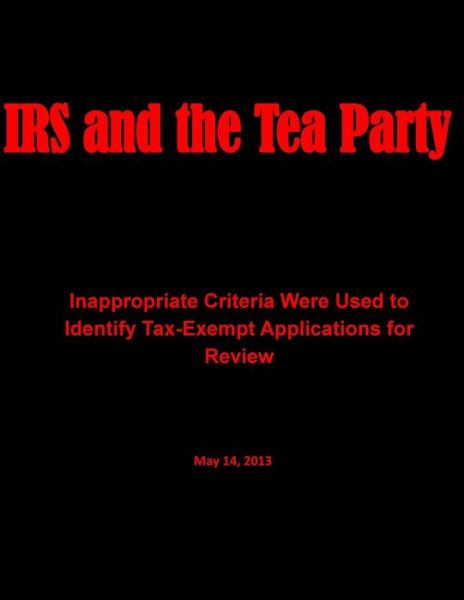
Tell your friends about this item:
General Explanations of the Administration's Fiscal Year 2014 Revenue Proposals
Department of Treasury
General Explanations of the Administration's Fiscal Year 2014 Revenue Proposals
Department of Treasury
An individual may claim a $1,000 tax credit for each qualifying child. A qualifying child must meet the following four tests: 1. Relationship ? The child generally must be the taxpayers? son, daughter, grandchild, sibling, niece, nephew, or foster child. 2. Residence ? The child must live with the taxpayer in the same principal place of abode for over half the year. 3. Support ? The child must not have provided more than half of his or her own support for the year. 4. Age ? The child must be under the age of 17. For purposes of the child tax credit, a qualifying child must be a citizen, national, or resident of the United States. The child tax credit is phased out at a rate of $50 for each $1,000 of modified adjusted gross income over $75,000 for unmarried taxpayers, $110,000 for married individuals filing joint returns, and $55,000 for married individuals filing separate returns. The child tax credit is partially refundable, meaning that it is available to workers who have no individual income tax liability. Under the Economic Growth and Tax Relief Reconciliation Act of 2001 (EGTRRA) and as made permanent by American Taxpayer Relief Act of 2012 (ATRA), individuals could receive a refundable amount (the additional child credit) equal to the lesser of the child tax credit remaining after offsetting income tax liability and 15 percent of earned income in excess of $10,000 (indexed after 2001). Taxpayers with three or more children may determine the additional child tax credit using an alternative formula based on the extent to which a taxpayer?s social security taxes exceed the taxpayer?s Earned Income Tax Credit (EITC). The American Recovery and Reinvestment Act of 2009 reduced the earned income threshold to $3,000 in tax years 2009 and 2010. The Tax Relief, Unemployment Insurance Reauthorization and Job Creation Act of 2010 extended this provision through 2012. ATRA extended this further through 2017. After 2017, the earned income threshold will increase to $10,000 (indexed after 2001).
| Media | Books Paperback Book (Book with soft cover and glued back) |
| Released | August 31, 2014 |
| ISBN13 | 9781501005541 |
| Publishers | CreateSpace Independent Publishing Platf |
| Pages | 252 |
| Dimensions | 14 × 216 × 279 mm · 594 g |
| Language | English |
More by Department of Treasury
See all of Department of Treasury ( e.g. Paperback Book and Book )



